1. The Flint Water Crisis: When Mothers and Scientists Fought Back
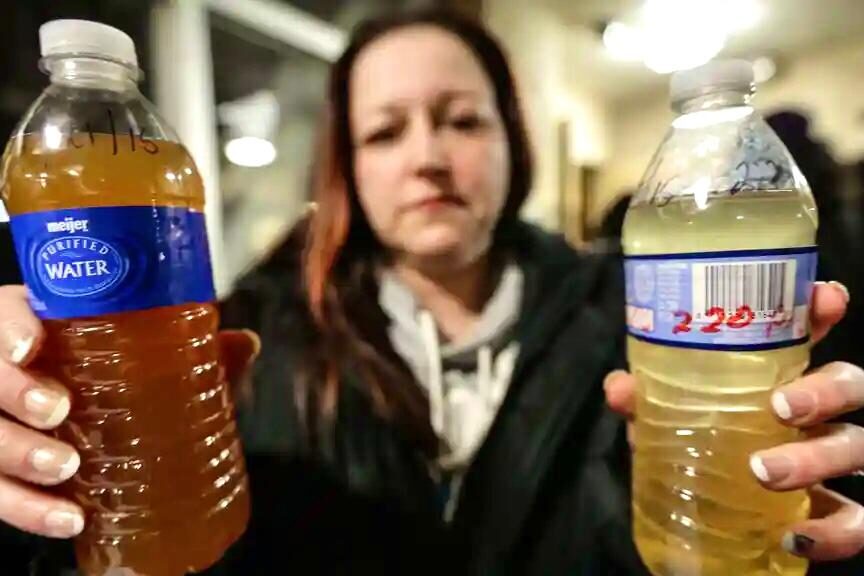
It started with complaints about the smell, color, and taste of the water in Flint, Michigan. But what followed was a years-long battle for justice. Residents, especially Black mothers and scientists like Dr. Mona Hanna-Attisha, exposed that Flint’s water had dangerous lead levels. “We proved it with science,” she said. The government denied it until public pressure, lawsuits, and media coverage forced resignations and national reforms. The crisis led to increased scrutiny of public infrastructure and water safety nationwide. It wasn’t just about water. It was about being heard. And Flint’s people simply refused to be ignored. And while it’s definitely not quite 100% rectified and there’s a long way to go, improvements have been made.
2. The Pentagon Papers Leak: One Man’s Risk Changed Everything
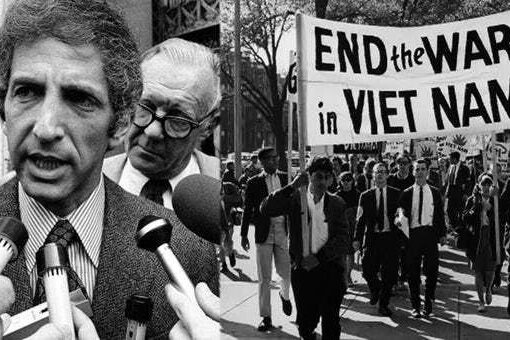
Sometimes, telling the truth feels like jumping off a cliff. In 1971, Daniel Ellsberg, a military analyst, leaked classified documents showing how U.S. leaders had misled the public about Vietnam for years. “We were not on the road to victory,” he later admitted. The leak enraged the White House but changed the public’s view of the war. It also led to the War Powers Act, giving Congress more control over military actions. Ellsberg faced 115 years in prison, but charges were dropped. He said, “I had to do it.” And in doing so, he helped pull truth from the shadows.
3. The March on Washington: A Dream That Moved a Nation
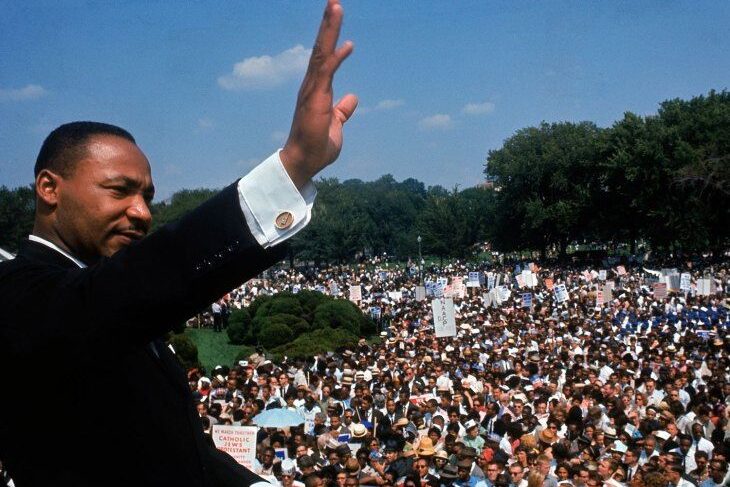
It was hot, it was crowded, and it was history in the making. On August 28, 1963, over 250,000 people gathered in Washington, D.C., to demand civil rights and economic justice. Martin Luther King Jr.’s “I Have a Dream” speech became the heart of it all, echoing across the Lincoln Memorial and into American consciousness. “Now is the time,” he said, not just for dreams but for action. The march helped push Congress toward passing the Civil Rights Act of 1964. It proved that peaceful protest could create unstoppable momentum and that words, when backed by people, really do matter.
4. The Stonewall Uprising: Pride Was Born in Resistance
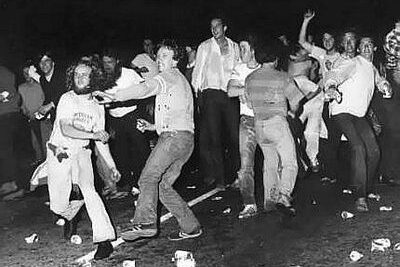
It began with a police raid at a small gay bar in New York City in 1969. But instead of retreating, patrons at the Stonewall Inn resisted. The clash sparked days of protest in the streets of Greenwich Village. It wasn’t polished or organized, it was raw. “We weren’t taking it anymore,” activist Sylvia Rivera said. That defiance became the spark for the modern LGBTQ+ rights movement. Pride parades were born from that moment. Laws, protections, and social attitudes began to shift. It reminded the world that sometimes dignity isn’t granted, it’s demanded loudly in the face of fear.
5. The Montgomery Bus Boycott: When Staying Seated Was Standing Up
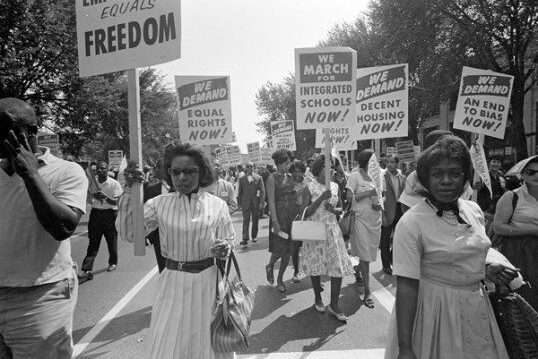
It was just one woman, one bus, and one refusal to move. But Rosa Parks’ quiet act of defiance in 1955 launched a movement. The Black community of Montgomery, Alabama, led by a then-unknown Martin Luther King Jr., organized a year-long boycott of city buses. They walked, carpooled, and stood strong despite harassment and threats. The Supreme Court eventually ruled that bus segregation was unconstitutional. Parks later said, “I was tired of giving in.” The boycott didn’t just desegregate buses. It became a blueprint for grassroots resistance, showing that everyday people could shift the weight of the system with unity.
6. The Love Canal Protests: A Neighborhood’s Fight for Safety
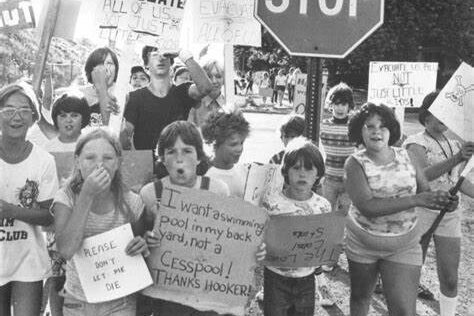
It was supposed to be a quiet neighborhood in Niagara Falls, New York. But beneath the homes lay decades of buried toxic waste. When children started getting sick, mothers like Lois Gibbs stepped up. “I was just a housewife,” she said, “but I knew something was wrong.” Residents organized, protested, and knocked on every political door until the federal government relocated hundreds of families. Their fight also helped pass the Superfund law, which holds polluters accountable for hazardous waste cleanup. The Love Canal protests weren’t just about one neighborhood. They showed that even hidden harm cannot survive public pressure.
7. The Kent State Protests: Four Shots That Echoed Nationwide
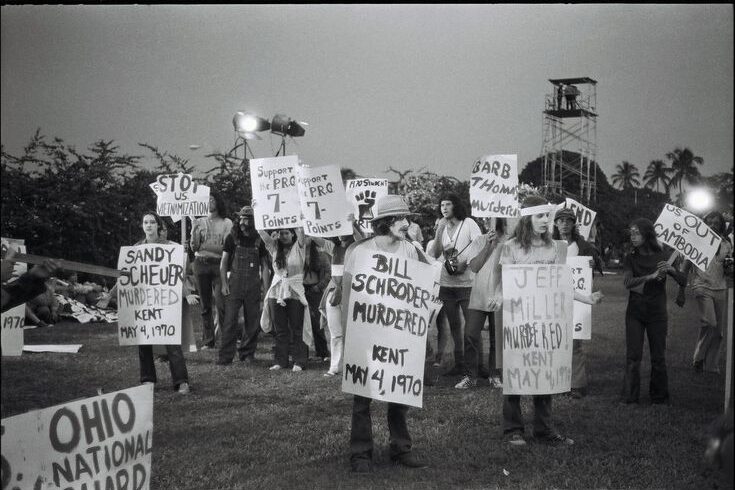
In May 1970, college students across the U.S. erupted in protest after the United States invaded Cambodia. At Kent State University, Ohio National Guard troops opened fire during a peaceful demonstration, killing four students and wounding nine. “They were just kids,” a witness recalled. The tragedy ignited nationwide outrage, leading to campus closures, more protests, and increased scrutiny of war policy. President Nixon faced fierce backlash, and Congress began reexamining military actions abroad. The message was loud. Young people were no longer willing to be silent about war. Their voices, and the lives lost, changed the course of public debate.
8. The Radium Girls: Factory Workers Who Sparked Labor Reform
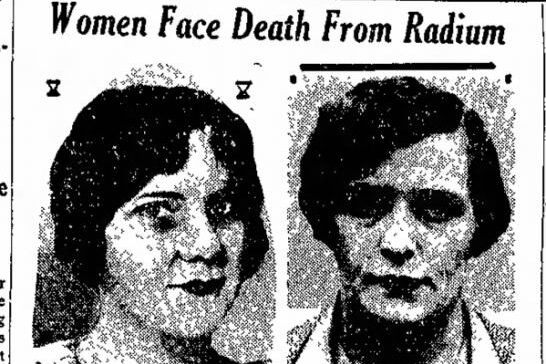
In the 1920s, young women painted watch dials with radium paint, told it was safe enough to lick the brushes into fine tips. They got sick. They died. And for years, no one listened. But a few brave survivors took their employers to court, demanding accountability. “We were guinea pigs,” said Grace Fryer, one of the first to sue. Their cases made national headlines and led to major changes in occupational health and safety laws. Today’s workplace protections trace back to these women’s courage. They weren’t scientists or lawyers. They were workers who knew their worth and refused to be dismissed.
9. The Attica Prison Rebellion: Demanding Dignity Behind Bars
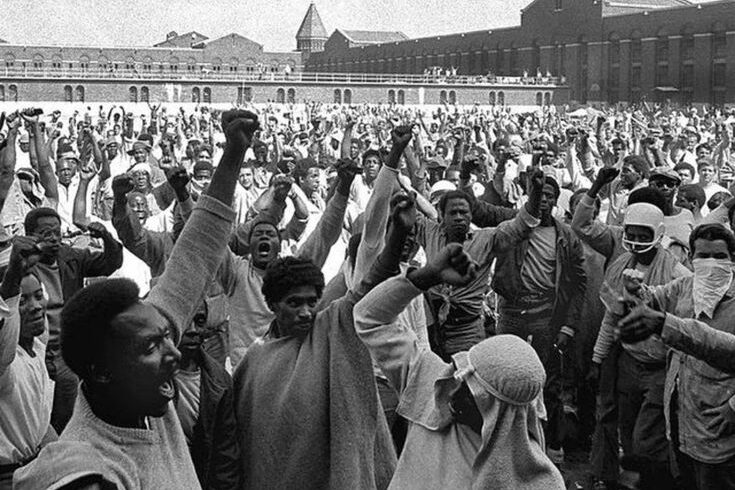
In 1971, inmates at Attica Correctional Facility in New York staged a revolt, demanding better living conditions, medical care, and basic human rights. “We are men,” one prisoner declared. For four tense days, they negotiated with officials while holding hostages. Then the state stormed the prison. Dozens died, including guards and inmates. Despite the violence, the rebellion forced the nation to confront prison conditions. Some reforms followed, including improved healthcare and oversight. The uprising became a symbol of resistance against dehumanization. Attica didn’t end cleanly, but it proved even the most silenced voices could demand to be seen and heard.
10. COINTELPRO Exposed: Citizens Uncover the Spy Game
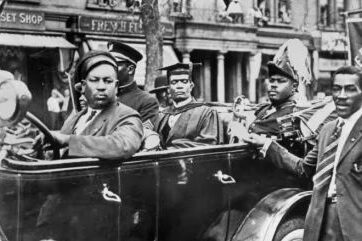
In 1971, a group of activists broke into an FBI office in Media, Pennsylvania, hoping to find proof of illegal surveillance. What they uncovered was far worse. Files revealed COINTELPRO, a secret program targeting civil rights groups, activists, and political dissidents. “We knew we were being watched,” said civil rights leaders, “but we didn’t know how far it went.” The leak led to Congressional hearings and new rules for federal surveillance. It was the first time regular people turned the lens back on government watchers. That night raid didn’t just reveal secrets; it gave the public power to demand oversight.
11. The Bonus Army March: Veterans Who Wouldn’t Back Down
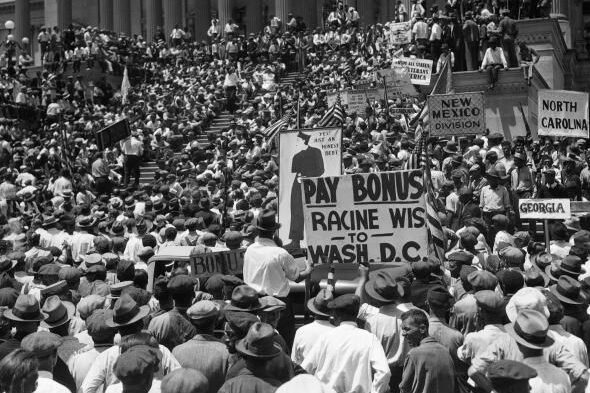
In 1932, in the depths of the Great Depression, thousands of World War I veterans marched to Washington, D.C., to demand early payment of bonuses they’d been promised. They set up camps and waited. The government sent in troops to evict them, burning tents and using tear gas. The public was horrified. “They served us,” newspapers cried. The backlash eventually led Congress to issue their bonuses early. The Bonus Army showed that even after the battlefield, soldiers could still fight with dignity, not weapons. Their protest helped redefine how veterans are treated and reminded the nation to honor its promises.
This story 11 Moments When the Public Finally Fought Back and Won was first published on Daily FETCH


